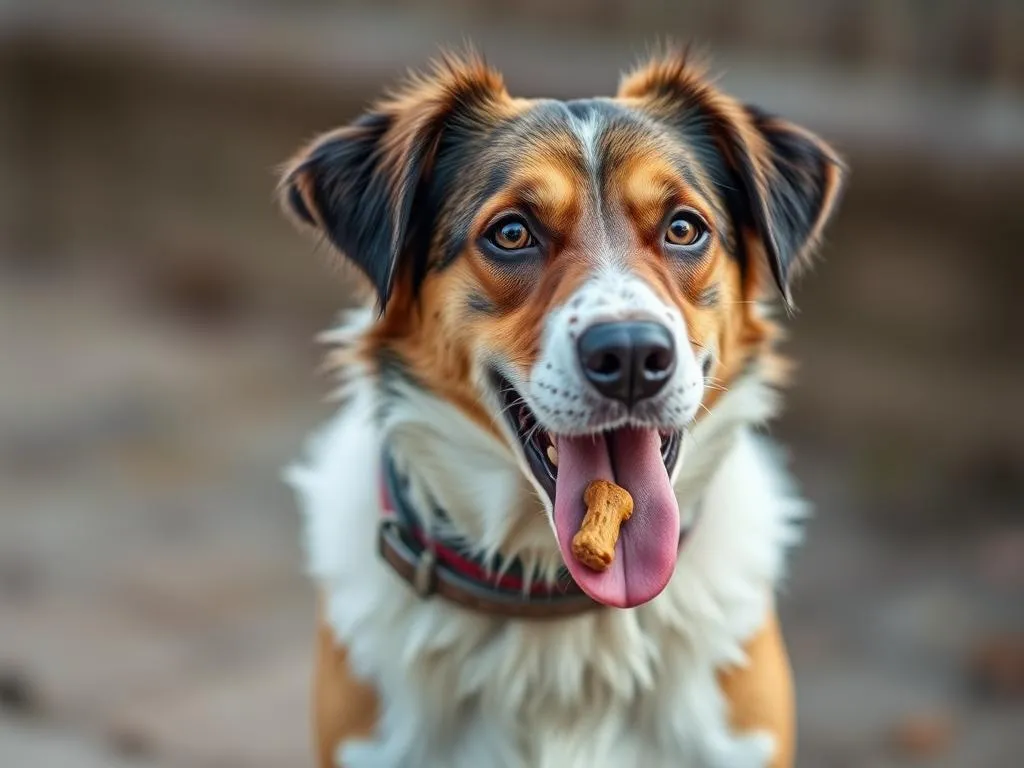
Training your dog is an essential part of responsible pet ownership. It not only helps ensure that your dog behaves appropriately in various situations but also strengthens the bond between you and your furry friend. Many dog owners rely heavily on treats as rewards during training sessions, but there are effective methods to train your dog without treats. By exploring different strategies, you can foster a deeper connection and improve your dog’s obedience without relying on food.
Understanding Dog Training Basics
The Importance of Consistency
Consistency is key when it comes to dog training. It involves using the same commands and cues every time you train, which helps your dog understand what is expected of them. When you’re consistent, your dog can learn faster and become more reliable in responding to commands.
To maintain consistency, consider the following tips:
– Use the same words: Always use the same command for a specific behavior (e.g., use “sit” instead of occasionally saying “down” for sitting).
– Be consistent with everyone: Ensure that everyone in your household uses the same commands and techniques when training your dog.
– Practice regularly: Frequent, short training sessions help reinforce commands and maintain consistency in your dog’s learning.
The Role of Positive Reinforcement
Positive reinforcement is not limited to treats; it encompasses any form of reward that encourages a desired behavior. This could be verbal praise, affection, or playtime. By using these alternatives, you can train your dog effectively without treats while still reinforcing good behavior.
Here are some examples of alternative reinforcers:
– Praise: Use enthusiastic and encouraging words to reinforce your dog’s good behavior.
– Affection: A scratch behind the ears or a gentle pat can serve as a powerful motivator.
– Play: Engaging your dog in a fun game after they perform a desired action can be a strong reward.
Understanding Canine Behavior
To train your dog effectively, it’s crucial to understand canine behavior and psychology. Dogs communicate through body language and signals, making it essential to recognize these cues. Understanding your dog’s emotions and reactions can help tailor your training approach, resulting in a more effective training experience.
Recognizing Signals and Body Language
Learn to observe your dog’s body language. Signs of stress, excitement, or confusion can indicate how well they are absorbing training. For example:
– A wagging tail often shows happiness and openness to training.
– Ears pinned back may indicate fear or discomfort, suggesting you need to adjust your approach.
Alternative Training Methods
Using Praise Effectively
Verbal praise is a powerful motivator that can effectively replace food rewards. When using praise, be enthusiastic and genuine. Here are some tips on how to use verbal praise effectively:
– Use a cheerful tone: Dogs respond better to high-pitched, excited tones.
– Be specific: Instead of generic praise, use phrases like “Good sit!” or “Well done!” to let your dog know exactly what they did right.
– Timing is crucial: Offer praise immediately after the desired behavior to reinforce the connection.
Incorporating Play as a Reward
Play is a fantastic alternative to treats in dog training. Engaging in games can serve as a reward and also makes training more enjoyable for both you and your dog. Here are some ideas:
– Fetch: After your dog performs a command correctly, throw a ball or toy to let them play.
– Tug-of-war: This interactive game can be a great reward after training. Just ensure to establish rules so the game remains positive.
– Transitioning: Start with a training command, and once your dog successfully follows it, transition into a play session, reinforcing the idea that good behavior leads to fun.
Utilizing Environmental Rewards
Environmental rewards involve using the surroundings as incentives for your dog. This could include allowing your dog to explore a favorite area or giving them freedom to roam in a safe environment. To set up training sessions that leverage these rewards:
– Choose the right environment: Find a space where your dog feels comfortable and can explore freely.
– Incorporate their interests: If your dog loves a specific area (like the park), training sessions can end with a trip there as a reward.
Training Techniques Without Treats
Clicker Training
Clicker training is a popular method that uses a sound to mark desired behaviors. The clicker acts as a bridge between the behavior and the subsequent reward, which can be anything other than treats. Here’s how to implement clicker training without treats:
1. Get a clicker: You can purchase one or use your voice as a clicker by saying “yes” in a consistent tone.
2. Introduce the clicker: Click and immediately follow with praise or a game to create a positive association.
3. Mark the behavior: Click at the exact moment your dog performs the desired action. Follow it up with praise or play.
4. Reinforce gradually: As your dog learns the command, start to reduce the frequency of the click, relying more on praise and play as rewards.
Capturing and Shaping Behavior
Capturing and shaping are two techniques that can be effective in training without treats.
- Capturing involves rewarding your dog for spontaneous behavior. For example, if your dog sits on their own, you would praise them immediately.
- Shaping involves breaking down a desired behavior into smaller, manageable steps. For instance, if you want your dog to roll over, start by rewarding them for lying down, then for rolling onto their side, and so on.
Using Crate Training as a Tool
Crate training can serve as both a behavioral training tool and a non-treat reward. Here’s how to incorporate crate training:
– Introduce the crate positively: Make the crate a comfortable space with toys and blankets. Allow your dog to explore it freely.
– Use the crate for downtime: After a training session, encourage your dog to relax in their crate. This reinforces the idea that good behavior leads to a safe, enjoyable space.
– Gradually increase crate time: As your dog becomes more comfortable, gradually increase the time they spend in the crate, rewarding them with praise and affection for calm behavior.
Addressing Common Challenges
Dealing with Distraction
Training in distracting environments can be challenging, but there are strategies to regain your dog’s focus. Here are some tips:
– Start in a quiet area: Begin training in a low-distraction environment before gradually introducing distractions.
– Use attention-getting techniques: Clap your hands, use a cheerful voice, or even move away from distractions to redirect your dog’s focus.
– Practice ‘look’ commands: Teaching your dog to make eye contact with you can help them focus during challenging situations.
Managing Resistance or Reluctance
Sometimes dogs may resist training for various reasons. Understanding the underlying cause is essential in addressing their reluctance. Here are some strategies:
– Evaluate the situation: Assess whether your dog is tired, stressed, or distracted. Adjust your training approach accordingly.
– Shorten sessions: Keep training sessions brief and engaging to prevent fatigue or boredom.
– Make it fun: Incorporate games and play into training to keep your dog interested and motivated.
Maintaining Motivation Over Time
To keep training sessions engaging, consider incorporating variations in routines and exercises. Here are some tips:
– Vary commands: Mix different commands in each session to keep things lively.
– Change locations: Training in different environments can stimulate your dog’s interest and adaptability.
– Introduce new challenges: Gradually add new commands or tricks to keep your dog excited about learning.
Building a Stronger Bond with Your Dog
The Role of Trust in Training
Training without treats can foster a deeper trust and respect between you and your dog. By using praise, play, and affection as rewards, you create a relationship based on mutual understanding rather than just food motivation. Here are some activities to strengthen your bond:
– Engage in interactive games: Playing together can build trust and reinforce your role as a leader.
– Spend quality time together: Regular walks, hikes, or playdates can enhance your connection.
The Importance of Patience and Understanding
Every dog learns at their own pace, and it’s essential to be patient throughout the training process. Recognizing your dog’s learning style and tailoring your approach can lead to better results. Remember:
– Celebrate small victories: Progress may be slow, but each step forward is an achievement worth recognizing.
– Stay positive: Maintain a positive attitude during training, as your dog will pick up on your energy.
Conclusion
Training your dog without treats is entirely possible and can lead to a deeper bond and more meaningful communication. By focusing on consistency, positive reinforcement through praise and play, and understanding canine behavior, you can effectively train your dog while enhancing your relationship. Remember that patience and creativity are key components in this journey. Each dog is unique, so explore different methods and find what resonates best with your furry companion. With dedication and love, you can create a well-trained dog that is a joy to have by your side.









